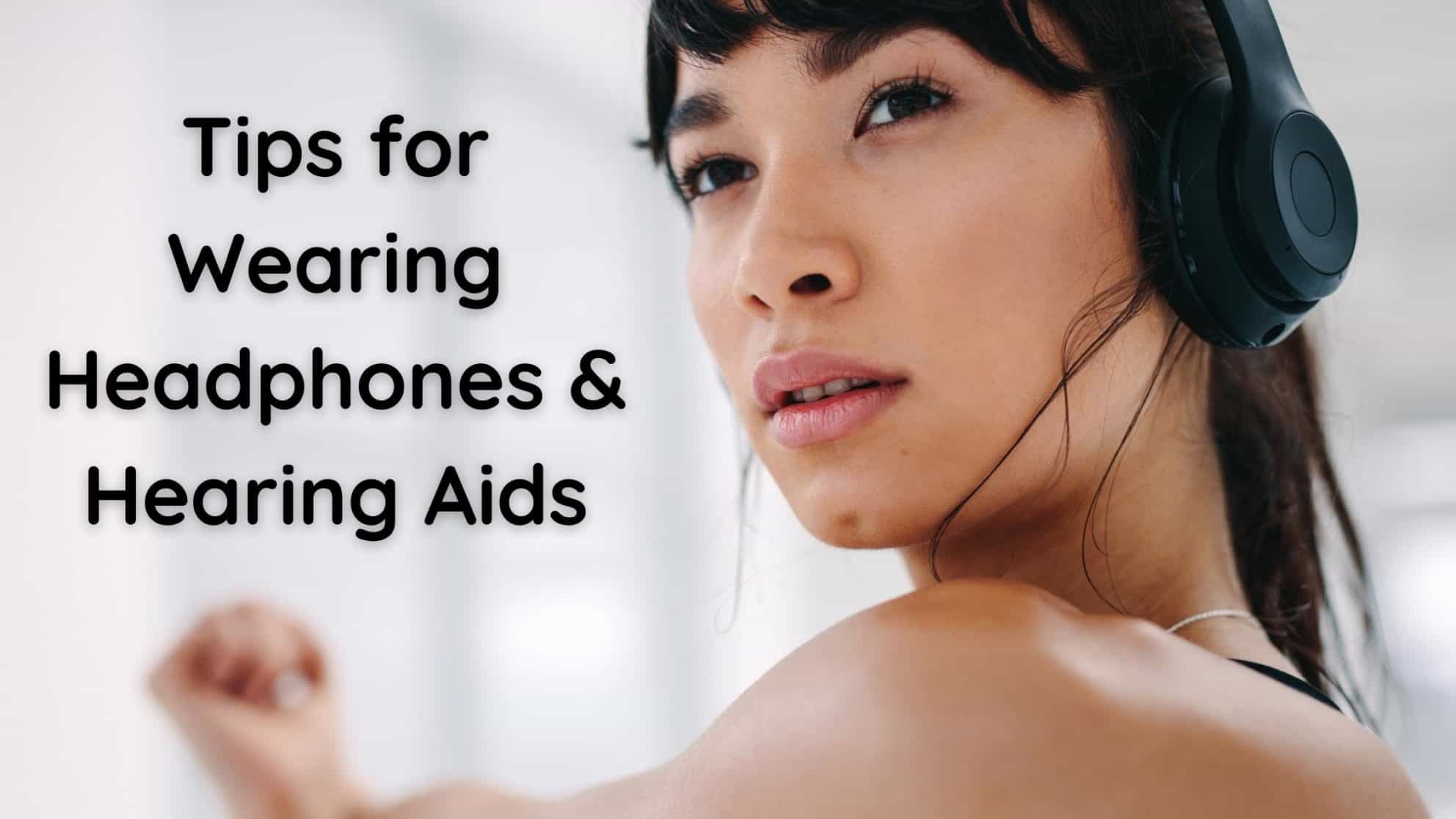For those of us with hearing loss, hearing aids are an important part of maintaining our overall good health and well-being. Hearing aids let us continue to take in all kinds of sensory information from the world, which in and of itself is important to maintaining brain health in people who were raised in hearing culture. But they also allow us to stay in conversation with friends and loved ones, participate in our favorite activities, and maintain our independence.
Hearing aids have come such a long way in recent decades that musicians and music lovers can rely on them for accurate enough sound reproduction to continue to enjoy music as they always have. Some models of hearing aids offer better sound quality than others, but if your hearing healthcare professional knows that music is an important part of your life, they’ll be able to guide you to the right hearing aids for you.
While hearing aids are increasingly compatible with Bluetooth and can connect directly to media players, some people may wish to use headphones with their hearing aids instead. After all, our favorite set of headphones can be an important part of the ritual of enjoying recorded music, or we may wish to use noise-canceling headphones in airplanes or other noisy environments.
It’s important to match your hearing aids with a good set of headphones. The wrong match may have your hearing aids and your headphones pressed up against each other, which will diminish sound quality and may introduce feedback. As a general rule, your hearing aids’ microphones and your headphones’ drivers should be about 1 cm away from one another. But don’t increase the distance too much: if you wear BTE (behind-the-ear) hearing aids, the wrong set of headphones might not even be able to direct sound to the hearing aids’ microphones!
BTE and RIC Hearing Aids with Headphones
BTE and RIC (receiver-in-canal) hearing aids are perhaps the most common types today. There are a wide variety of models available with a wide range of functions. By putting the electronics and battery behind the ear, BTE and RIC hearing aids can have vast functionality, since not all the parts need to fit inside your ears. The main difference is that BTE models have their microphones on the unit, behind your ears, while RIC models have at least one microphone on the attachment that goes into your ear canal, which can help present a more realistic picture of the sound around you.
When headphones are considered, both types of hearing aids will require you to find a set of headphones that fits fully around your ear. These are called “over-ear” headphones, because they rest against the side of your head and completely surround your ears. They are the typical types of headphones used in recording studios by musicians and sound engineers. While it may feel limiting to have to choose within one category of headphone type, the truth is that over-ears tend to be the best-sounding. They are significantly bulkier than other options, but even many people with normal hearing choose to travel with over-ear headphones because the sound quality is so much better.
Smaller Hearing Aids Allow for Smaller Headphones
If you choose to opt for smaller hearing aids, such as ITC (in-the-canal) types, you can use “on-ear” headphones. These headphones tend to be the kind you see in museums or galleries, and used to come standard with personal listening devices in the 1980s and 90s. As you may guess, they sit on your ear, rather than around it. There are some good options available, though they tend to sound less brilliant than over-ear options, and they let in more ambient sound since they do not seal off your ear.
If you opt for CIC (completely-in-canal) hearing aids, you can even choose in-ear headphone options. CIC hearing aids are so small that you can fit a set of headphones into your ear canal behind them! The trade-off with CIC hearing aids is that they tend to have less functionality than other models, since space is so restricted for components that fit easily into BTE and RIC models. That trade-off may be worth it to some people, when you consider that you can wear them all day and still have space in your ears to add a set of fully-functional hearables like the Apple AirPods.
The Hearing Health Center of Houston
If you’re having issues with your hearing and missing the richness of your favorite music, we’re here to help! Contact us for an appointment and be sure to let us know about your love for music. Our Doctors of Audiology will be able to point you in the right direction, whether it’s a full-featured set of hearing aids or a pair that works well with headphones.


